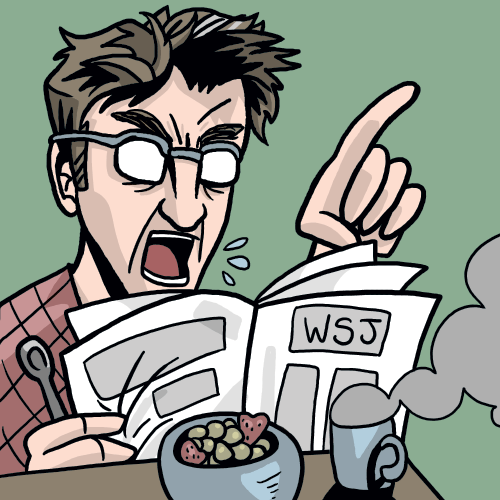Macroeconomics in Russia
In Economic Transition in Eastern Europe and Russia: Realities of Reform, Edward Lazear Ed., Hoover Institution Press, 1995. Imagine for a moment that the Federal Reserve imposed the following policies in the United States: Every company must pay for all its inputs before they are shipped, and taxes must also be prepaid. But there is no trade credit, and banks do not make working capital loans to purchase inputs. Checks take 90 days to clear… Chaos would result… This is roughly what happened in Russia during the summer of 1992. The story… points to the importance of macroeconomic policies, and the unintended macroeconomic effects of policy, in understanding developments in Russia and the Former Soviet Union. It also suggests that many macroeconomic problems are not inevitable consequences of the transition to a market economy, but rather that they are avoidable unintended effects of partial liberalizations.
